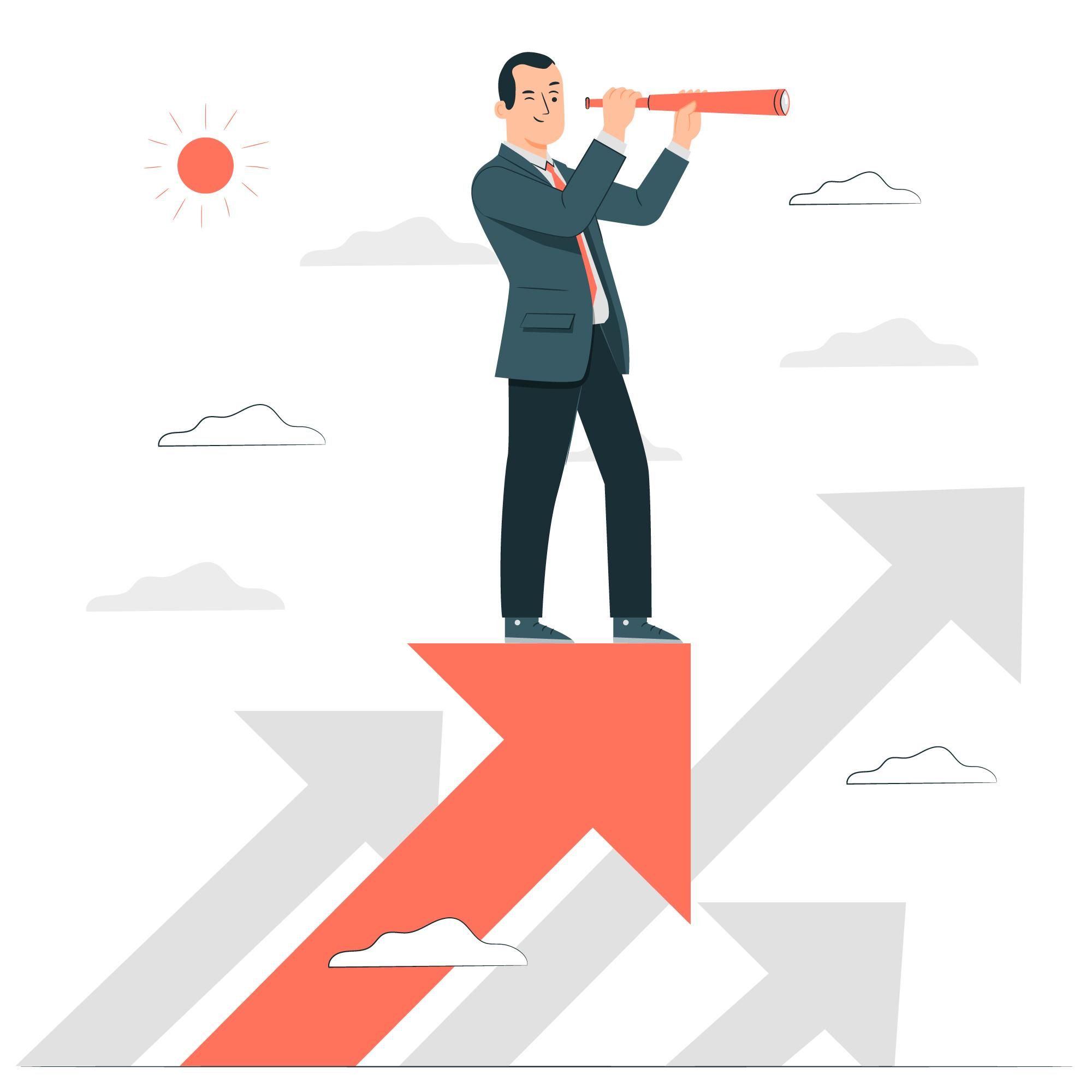What’s With The Pond?

The study of ecosystems, biodiversity, and interrelationships between flora and fauna has always been very fascinating, personally for me.
A common example when it comes to ecosystem study is the pond, thanks to its rich variety of organisms living and interacting within it.
Besides aquatic plants like algae, you also find snails, beetles, water bugs, spiders, frogs, fish and heron in and around this body of still water.
It’s a pond’s world
The pond is a little business world on its own, involving different stakeholders, i.e. the organisms living in it. For the pond to thrive as a healthy ecosystem, the environment needs to be conducive enough to support its biodiversity.
Each organism exists for a purpose, though it may well be to provide food for other organisms. For plants like the water lily, they provide refuge for the little fish beneath its leaves and roots. From a broad perspective, the stakeholders depend on each other for sustainability and survival. Some of them function as producers (the plants), others as primary consumers (herbivores), secondary consumers (carnivores), etc.
A balanced ecosystem
What happens in the natural also happens in a business environment. In today’s challenging corporate business variables, no company can survive in isolation.
The success or failure of an organisation depends on the network of collaborations and mutual symbiotic relationships with other stakeholders, including those of your competitors. In fierce unhealthy business competitions, if you get rid of the ‘plants’, the rest of the ‘consumers’ will eventually be wiped out too. And the ecosystem of the business becomes as good as dead.
Once, my colleagues were discussing an advertorial where an organisation only wanted to showcase photos of their successful projects.
We opined that photos of their direct stakeholders ought to be featured too because it is a simple principle of “no dedicated people, no successful projects”.
Concluding thoughts
As pointed out in Mapping Our Stakeholders’ Universe article by Joseph Tan, before you identify who your stakeholders are, you need to be clear of your organisation’s universe. Only then, are you able to take intentional steps to learn to acknowledge the efforts of these stakeholders.
For big companies who have already made it thus far, don’t rest on your laurels for too long. Instead, continue to be innovative and constantly adaptable to various business environments. Take heed the following wise words from Lost, a Coldplay's song:
“You might be a big fish; in a little pond; doesn’t mean you’ve won; ’cause along may come; a bigger one; and you’ll be lost.”
Personal







